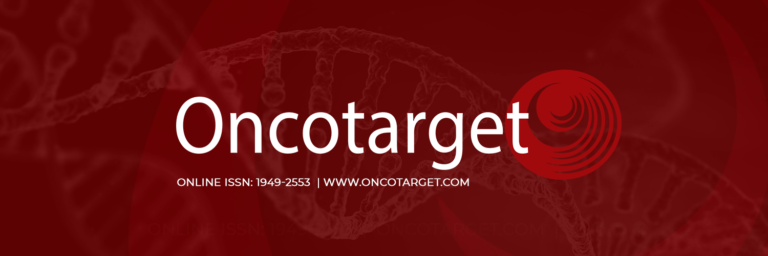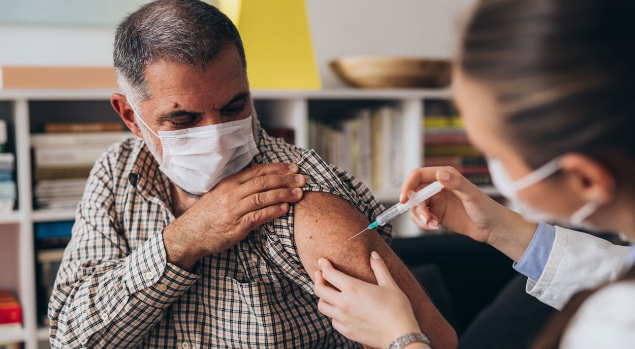Behind the Study: Leveraging Scientific Findings to Develop Therapeutic Strategies for Dormant Breast Cancer Cells
Oncoscience, Spotlight
October 4, 2022Alejandra Ferrer, PhD candidate in the Department of Medicine-Hematology/Oncology at Rutgers New Jersey Medical School, elaborates on a recent research perspective she co-authored that was published by Oncoscience, entitled, “Leveraging the scientific findings to develop therapeutic strategies for dormant breast cancer cells.”
—
Behind the Study is a series of transcribed videos from researchers elaborating on their recent studies published by Oncoscience.
—
Breast cancer cells can disseminate from the primary site to secondary sites, such as the bone marrow. In the bone marrow niche, breast cancer cells acquire a process called dormancy, which allows the cells to be highly resistant to treatment and can also evade immune responses. The breast cancer cells can acquire dormancy through cell-autonomous processes and also by the aid of the bone marrow niche cells.
When we say cell-autonomous processes, we’re talking about cell intrinsic mechanisms within the cell that allow the breast cancer cells to actually become dormant. When we’re talking about the role of the bone marrow niche cells, we’re talking about too many mechanisms.

One of the mechanisms can be direct or indirect. One of the indirect mechanisms are mostly mediated by cell-to-cell communication, and that could be via gap junctions and once the breast cancer cells form gap junction with bone marrow microenvironmental cells, the bone marrow microenvironmental cells can transmit different factors such as micro RNAs that actually induce dormancy within the breast cancer cells.
Another mechanism by which breast cancer cells can acquire dormancy is through indirect communication. In indirect communication, the breast cancer cells and the bone marrow cells interact through soluble factors such as cytokines or insoluble factors such as microvesicle, including exosomes. Within the exosomes, the cells can release non-coding RNAs that, again, can induce a dormant phenotype.
One of the questions that we have is that, if we are able to leverage the mechanisms by which the bone marrow niche imparts dormancy or the mechanisms by which the breast cancer cells cell autonomous acquire dormancy, if we could potentially add another therapy in order to tackle the dormant cells and then put them in a proliferative state that then will allow them to be more chemosensitive.
Click here to read the full study published by Oncoscience.
Oncoscience Videos: YouTube
—
Oncoscience is a traditional, peer-reviewed, bio-medical oncology research journal with FREE publication for authors and open-access for readers.
For media inquiries, please contact media@impactjournals.com.

